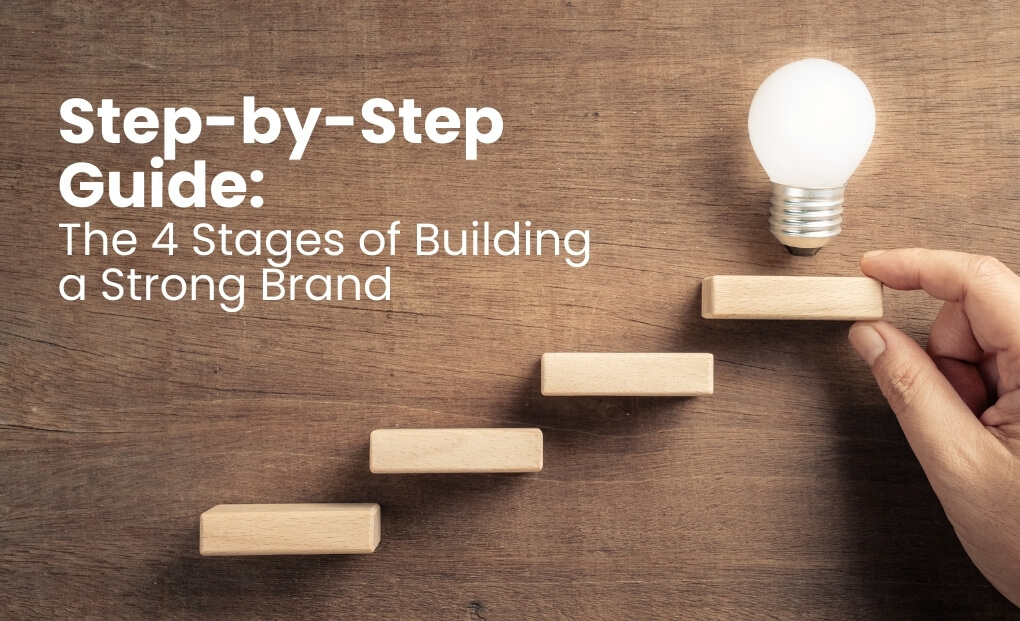Building a powerful logo design company brand that appeals to your current clients and draws in others takes work. Creating your branding will be simple, but if you are committed and grasp the interests, wants and how you could satisfy them of your target audience. We have four simple methods to help you establish a strong brand.
1. Brand Salience
This stage is critical for you to define your brand and question yourself: “who are you?” Here, a brand has to “ensure identification of the brand with customers and an association of the brand in their customer’s minds with a specific product class, product benefit, or customer need.” Salience is the quality of importance and relevance of everything. Brand salience thus suggests that we identify the brand and that it has a bearing on us. Consumer memory of the brand in many consuming contexts indicates brand salience. How convincing is the awareness of the brand? Do our customers know what our brand can satisfy?
2. Write A Vision
Your brand’s vision is really about how well you integrate into people’s daily lives using your product or service. Moreover, a good brand will have a vision that is very by its goal. A brand vision seeks to enable consumers and potential audiences to grasp what the company does, its future objectives, and how those goals match their lives and requirements.

3. Performance and Images
This is the stage where you should define the meaning of your brand and react to the related question: “What are you?” “Firmly establish the totality of brand meaning in the minds of customers by strategically linking a host of tangible and intangible brand associations.” says the author.
In the performance and imagery stage, we want the brand to perform, so we must grow and share images pertinent to our audience. Brand performance gauges how closely a product or service satisfies consumer demands. Companies utilise brand images to satisfy psychological requirements. More intangible elements of a brand are referred to as brand imaging, which lets customers remember their experiences and link a brand with its goods and visuals.
4. Resonance of Brands
At last, brand ties should be developed. Solve the questions; “What about you and me?” “What kind of association and how much of a connection would I wish to have with you?”
The penultimate phase in the brand resonance paradigm is brand resonance. You comprehend, feel in common with, or can perceive something when it “resonates” with you. Brand resonance is simply that: the customer has grown to be loyal to your brand, they relate to it, they feel linked to the brand and the community connected with it, they love the participation and feel devoted to it. All brands are finally aiming for this level of the model. This is because brand resonance denotes brand loyalty; the customers who connect with your brand will always select your brand first; they need to consider rival companies to satisfy their demands.
The personality of your brand should appeal to your target market. While B2B companies may fare better with a professional personality that comes across as competent and trustworthy to conduct business with, casual lifestyle brands represent a character their client would like to be friends with.
Whatever your brand’s image is, the design, messaging, tone and language you use both inside and outside should clearly reflect it. Make sure the attitude of your brand permeates anything you do.

Conclusion
The brand resonance model is a road map and direction tool for creating a powerful brand. These four processes will help to build a powerful brand when established in line with usage. According to this approach, customers’ mental state determines a brand’s general degree of power. Be sure you concentrate on developing strong relationships with your customers, as your consumers’ opinions, feelings, and behaviour about your brand are more potent than those of the goods and services you provide are. Building a successful logo design company brand mostly depends on people’s impressions of your brand; your goods and services confirm their opinions.
